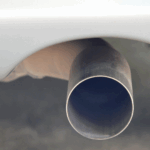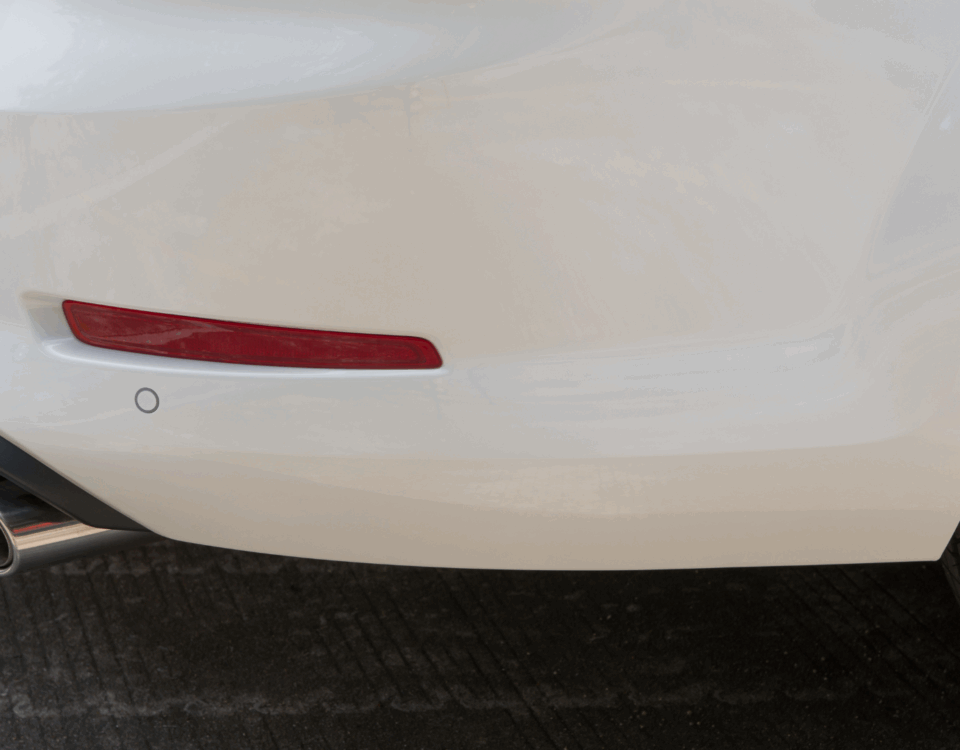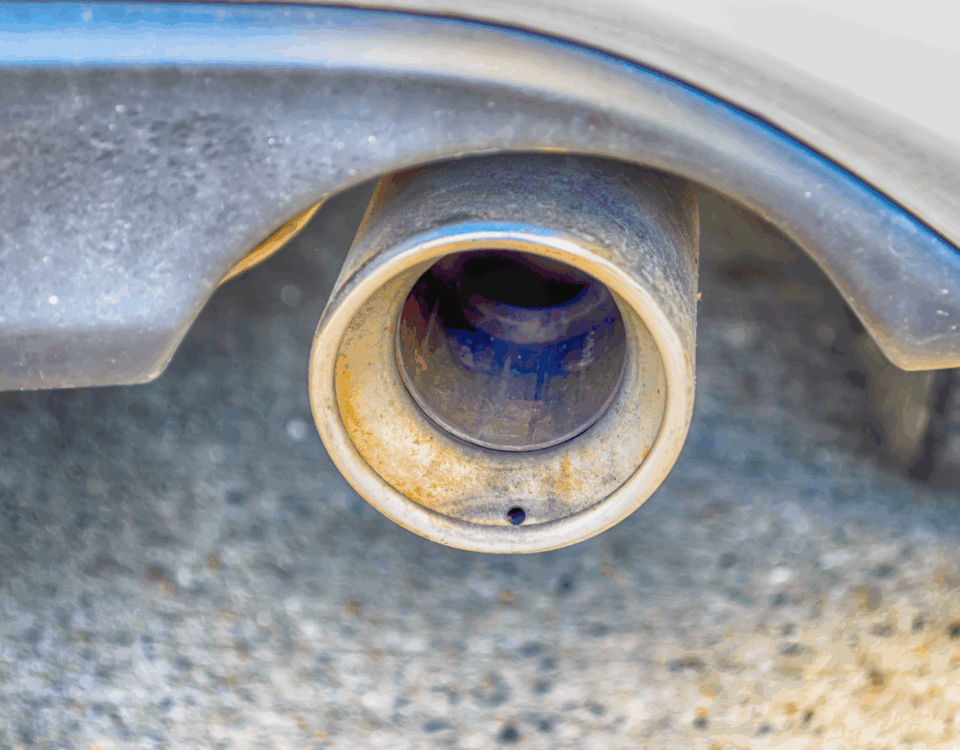
How to Ensure Your Hybrid Passes the Smog Check
June 12, 2025
Tips to Pass a Smog Test: What Every Car Owner Should Know
June 16, 2025Understanding the Importance of a Smog Test
A smog test is more than just a formality—it ensures your vehicle meets state emissions standards and isn’t polluting excessively. This test plays a key role in keeping the air cleaner and can even improve your car’s performance. Regular smog testing helps identify issues before they turn into costly repairs. Understanding how it works gives car owners an advantage and increases the chances of passing on the first try.
Get a Pre-Smog Test Inspection
One of the smartest ways to avoid failing a smog test is to schedule a pre-inspection. Many service stations offer a quick check that highlights potential issues without officially recording a pass or fail. This gives you time to fix problems like a dirty air filter, worn-out spark plugs, or a faulty oxygen sensor. These small fixes can make a big difference and are generally less expensive when handled early.
Drive Before Your Smog Test Appointment
A warm engine runs more efficiently and can help reduce emissions. Driving for at least 15–20 minutes before your smog test allows your catalytic converter to heat up and work at peak performance. Cold engines tend to emit more pollutants, which could cause a fail even if everything else is working well. Make sure your battery isn’t recently disconnected either, as it may reset the onboard diagnostics system.
Use the Right Fuel and Additives
Using higher-quality fuel or a fuel additive before a smog test can reduce carbon buildup and clean the engine’s internals. This results in a smoother combustion process, leading to lower emissions. These additives are available at most auto parts stores and can be a cost-effective way to improve your car’s chances of passing. Follow the instructions carefully and allow enough time for the cleaner to work before your test.
Know When to Repair or Retest
If your vehicle fails the smog test, don’t panic. In many cases, the cause is minor and easy to repair. Once fixed, you’ll need to return for a retest. In some areas, you may even qualify for repair assistance or a waiver program if the repairs exceed a certain cost. Keeping up with your vehicle’s routine maintenance is the best long-term strategy to avoid failing again in the future.






